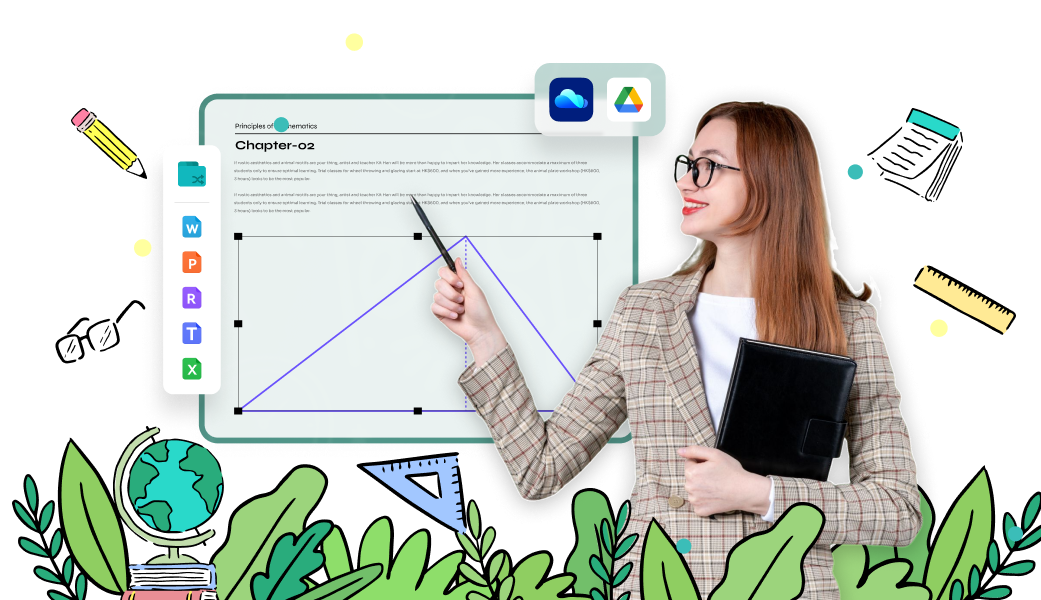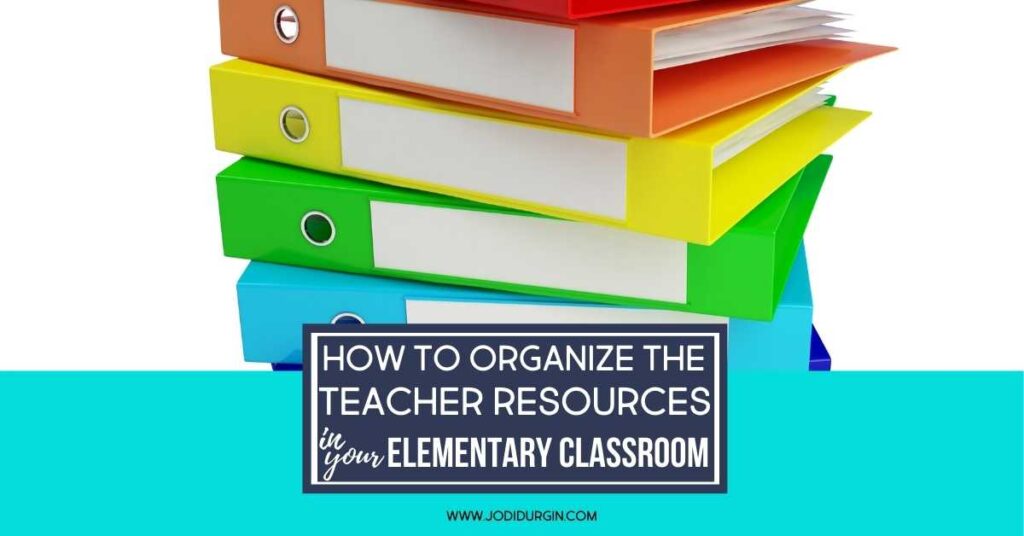Recommended Reasons On Picking Italian Nursery Teaching Materials
Wiki Article
What Materials For Teaching Will An Italian Primary Or Nursery School Need?
A Italian primary or nursery school requires various teaching tools to aid in the development and learning of their students. Here are a few examples of the materials that are required: Textbooks and workbooks Essential to teach core subjects such as Italian math, language as well as science and social studies.
Materials for art and craft This includes paint, brushes, crayons markers, as well as other tools students can make use of for their creative projects.
Manipulatives: Manipulatives such as puzzles, blocks, or games can help children develop their skills in problem-solving as well as critical thinking.
Education technology Computers and tablets can be utilized as tools to help improve education and offer additional tools for students.
Visual aids: posters, maps, charts, and other visual aids can aid students in learning and retention of crucial concepts.
Book: A variety Italian-language books for children of all ages can promote language development and encourage reading.
Musical Instruments: The use of musical instruments like xylophones and tambourines is a great way to teach rhythm and music appreciation.
Safety supplies Kits for first aid with fire extinguishers as well as emergency procedure posters are vital to protect the health and safety of staff and students.
Sports equipment: Balls cones, balls, and other equipment are used in physical education classes and playing outside.
Italian primary elementary, secondary and nursery schools need a variety of educational materials to create a stimulating learning environment. See the best sostegno scuola primaria for website examples.

What Maths-Related Teaching Aids And Educational Resources Are Suggested In Italian Nurseries?
Educational aids and materials which teach mathematics can aid children improve their spatial and problem-solving skills. These are just a few suggested materials.
Charts and numbers Charts and numbers are a great way to introduce youngsters to numbers and counting. It is possible to use large, vibrant numbers on the wall, or smaller ones that children can hold and manipulate.
Shape manipulatives: Shape manipulatives such as wood puzzles, magnetic tiles, and pattern blocks are a great way to help children improve their spatial thinking abilities as well as learn about different shapes and their properties.
Measurement tools: Tools like measuring tapes, rulers and scales are useful in teaching youngsters about measurement and comparisons and also helping them develop their mathematical vocabulary.
Simple games & puzzles Simple, simple games and puzzles to help children develop their problem-solving skills and concentration for example, dominoes or matching games.
Technology-based Aids: Technology based aids, such as tablets loaded with math games or apps that can be educational, can engage and motivate youngsters. They also offer additional resources to help them develop.
These materials must be utilized in a manner that is suitable for children's development and is suitable for children who are just starting out. These materials can be used by teachers and caregivers to develop engaging and interactive math activities for children that will encourage their curiosity and enthusiasm for education. Take a look at the recommended schede didattiche matematica for more info.

What Are The Suggested Historical Documents For Italian Schools Of The Nursery Age?
History didactic cards are a great way to introduce children to historical concepts within Italian nurseries. The history didactic cards are offered in a variety of formats. They can feature photos of people as well as information about the lives and achievements of the people.
Timeline Cards: Timeline cards help children understand the historical context in chronological order and the interconnection between them. Illustrations are a great way to show important dates and crucial events.
Cultural cards: These may be utilized by children to teach them about different cultures. The cards could include pictures of traditional clothing and food and songs, customs, and other cultural aspects.
Artifact cards are a great method for children to visualize and understand historic life and events. They may include images of things from various cultures and time periods.
Map cards help children to learn about geography and the past. They may include maps with illustrations and also information on historical events, individuals and locations in various regions.
It is important to choose history cards that are engaging, interactive and suitable for children of all ages. Teachers and caregivers are able to use these cards to engage children in exciting, interactive activities about history. They can stimulate the children's curiosity and their enthusiasm about learning more about other cultures and the history of the past. View the recommended materiale didattico storia for website recommendations.

What Kind Of Geography Materials Should Be Used In Italian Kindergartens?
Italian nurseries are able provide children with geography education material that can help them develop a better understanding of their world and also teach them about different cultures and the world. Here are some examples of geography teaching materials. Maps: They are able to aid children in understanding the geography of various countries and regions as well as their location.
Globes help children to visualize the Earth's surface and can be used to teach about the continents and the oceans.
Pictures and videos. Pictures and videos of different cultures, places and individuals can teach children a lot about the world.
Books: Age appropriate books featuring diverse locations and cultures can encourage children to become interested in geography.
Natural materials, including shells, plants, and rocks can be used to teach children about various ecosystems and their environments.
Field trips: Field trips to local parks museums, zoos, or zoos can give children the chance to experience hands-on activities and also an chance to explore geography in a real-world context.
It is important to choose geography teaching materials that are age-appropriate and culturally sensitive. Teachers and parents can utilize these resources to create stimulating, interactive activities which encourage children's interest and curiosity.
